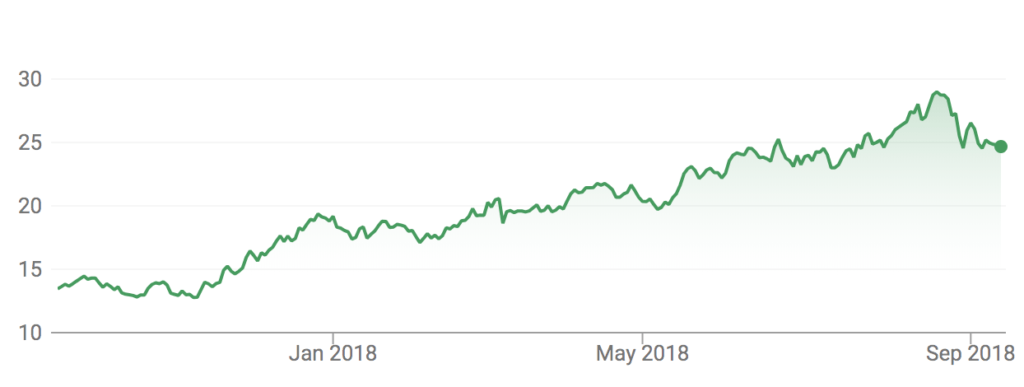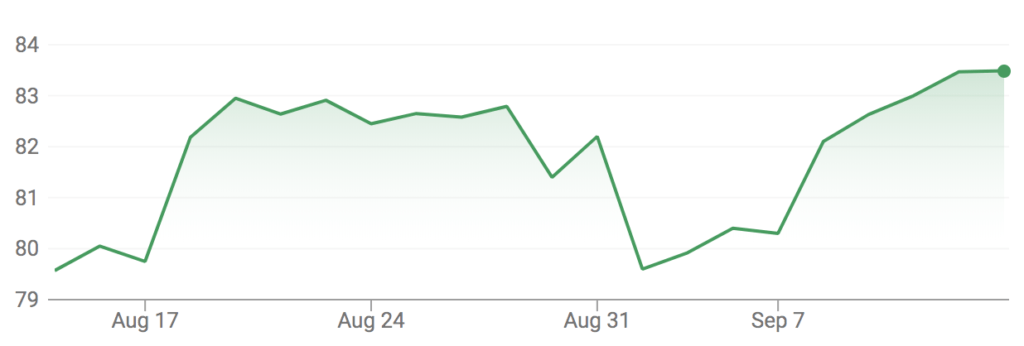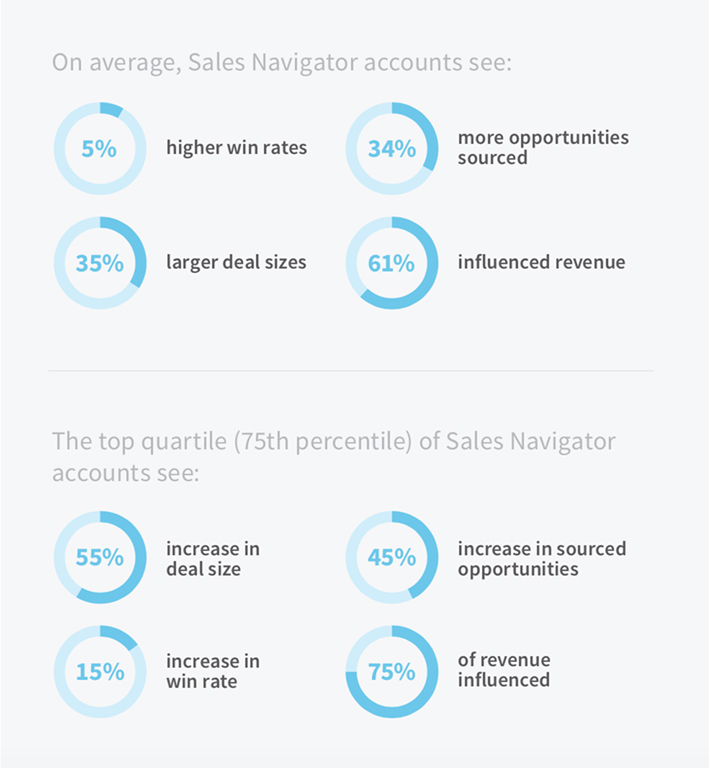A) WAITER’S PAD HACK
There are two uses:
BUSINESS MEETING:
Everyone pulls out their fascist Moleskine notebooks and you pull out your waiter’s pad.
First thing that happens is the alpha male in the room says, “I’ll take fries with that burger”.
This bad joke happens 100% of the time. Homework assignment: come up with the best joke in response.
Second thing that happens: “Why do you have a waiter’s pad?”
Answer:
- It’s easy to write notes.
- Easy to keep track of the names around the table (since at the top of a check are tables which you can write names to remember).
- They are cheap. 10 cents a pad with the right supplier.
This makes you the center of attention at the meeting. It says you are serious about taking notes.
And most important, it shows you are frugal and will care about not wasting people’s money.
A waiter’s pad is MONEY IN THE BANK.
Second use:
RESTAURANT:
When I sit down, I simply pull out a waiter’s pad and put it next to me on the table.
Now the waiters think I’m in “the biz” and I never have any problems with service.
This is not even a one-minute hack. It’s a 10-second hack.

B) LIE DETECTION HACK
If someone does not answer your question, they are lying.
Example: “Hi honey, where’d you go last night?”
Your honey: “I was out with friends.”
Notice: he or she did not answer the question. Which means somewhere in there is a lie.
Example: “Are all expenses included in this estimate?”
Answer: “Sure, unless we see something unusual.”
Did not answer the question. So you will be paying more.
This technique always works. Great for people who are paranoid (like me).
C) LIE DETECTION HACK #2
You’re sitting and one person has a rolling chair. You ask a bunch of easy questions. They answer and sit still.
Now you ask harder questions. Like, “Hey, where were you that night?”
“I was at home.” And they start to roll away on the chair.
Lying.
This works for anything with these two conditions:
- It’s easy for them to move.
- You can ask easy-to-answer questions to start to establish that they are sitting still when truthful.
This is a very common interrogation technique.
Both of these were told to me by a former DIA (Defense Intelligence Agency) interrogator who now runs his own private intelligence agency.
D) NETWORKING HACK
Even if you don’t smoke, always carry around a pack of cigarettes.
Situations where this works:
- Smoking break. Someone you want to network with is at a restaurant and takes a smoking break. You can follow them outside and start a conversation.
- The back-technique. You leave your cigarettes behind right before someone you want to network with is sitting down (at a restaurant, club, meeting, etc.). You go back, “Ugh, left my cigarettes here.” And you start to talk.
Believe it or not, everyone in the CIA carries cigarettes around all the time for this reason.
This was told to me by a former “black ops” soldier who wouldn’t tell me “yes” or “no” when I asked him if he was still in the CIA.
E) INTERVIEW / SPEAKING HACK
You start off saying, “I’m sure the others you’ve interviewed have all been great and qualified.” Or.. (for speaking), “Let’s give a hand for all the others before me.”
THIS IS AN IMPORTANT COGNITIVE BIAS:
This is called “choice ambiguity bias”.
When you say the word “other”, the audience lumps everyone into one aggregated being.
Or your potential boss lumps everyone into one aggregated (and forgettable) person they interviewed.
They literally won’t be able to remember anything about the others before you and you will stand out.
Related to this is recency bias. Try to be the last person interviewed or the last person to speak on the agenda. The most recent person is always the most remembered and if you combine this with choice ambiguity bias, you will create the most memorable impression by far.
All of this was told to me by a professor of cognitive biases when I needed help winning a public speaking contest.
F) WRITING HACK
What’s great about this hack is that even if you know the rule, it still works:
After you write ANYTHING, take out the first paragraph and the last paragraph and it will 99% of the time be better written. I did it with this post, for instance.
G) EMAIL HACK
I do this every day.
I go back seven–10 years in my email history (I store everything).
There are many emails I haven’t responded to. In my inbox (not my spam box), I have 271,109 unread emails at this moment.
I go back to an email I didn’t respond to and I respond as if the email was sent to me five seconds ago.
Like: “Sure, I’ll meet for coffee on Tuesday!”
This almost always results in a new connection/fun meeting/whatever. Note: most jobs.
One time I did this when someone in 2004 sent me an email saying, “Hey, James, I bought you “jamesaltucher.com” for your birthday.”
I finally wrote him in 2010. We’re good friends now AND I own “jamesaltucher.com”.
The longest email response delay I did was 12 years.
H) THE ONE SECOND HAPPINESS HACK
Happiness = Reality / Expectations.
You can’t change your reality quickly. But you can change your expectations in a second.
When my wife left me, I couldn’t change the reality. I couldn’t make her stay.
I was sad, scared, miserable, depressed.
But I could change expectations. I could say, “perhaps this is for the best” and figure out the reasons why and have hope for the future.
I’m not saying it’s easy to do that in a second. But it’s possible. And that changes immediately how happy you can be.
We are all dealt a new hand of cards every few seconds. You play the hand you are dealt instead of whining about it. That’s how to win.
My therapist once told me this. She’s the best.
I) THE 5/25 RULE
This is from Warren Buffett.
He told me this when we were jet-skiing in Hawaii.
He said, “Take your top 25 things you want to do in life.”
Then, “Put the first five to your left and the next 20 to your right.”
“NEVER NEVER NEVER look at the bottom 20 again.”
Why?
Because the bottom 20 are all things you want to do. So they will distract you from the five things you want to do the MOST.
By the way, I was kidding about the jet skiing. That is clearly in his six–10 and not in his top five. And it’s not even in my top 1,000.
J) THE LOVABLE RULE
There’s a saying that’s now cliché: “You are the average of the five people around you.”
Fair enough.
Harold Ramis also says, “Stand next to the smartest person in the room.” So he stood next to Bill Murray and made Caddyshack, Stripes, Ghostbusters, and Groundhog Day.

(Sitting next to the smartest person in the room)
Again, fair enough.
But not enough.
BE THE PERSON that people want to stand next to.
Everyone is looking for their five. Everyone is looking for the person to stand next to.
Seth Godin once asked me, “What books do people buy?”
I didn’t know.
He said, “They buy the books that are already on the bestseller table.”
Be the sort of person who is on the bestseller table.
Again, while kite surfing in the Mediterranean, I asked Warren Buffett, “How do you define success?” And he said, “By how many people love you.”
And then he said, before I could ask, “You get people to love you by being lovable.”
K) THE ADVICE HACK
This hack has helped me so much I’m almost afraid to share it.
Let’s say you want something (call it “X”) from a person (call the person “Y”).
Ask Y for advice on how to get X.
For instance, let’s say you get a job offer and you are negotiating a salary. Your new boss asks how much you want to get (he’s trying to get you to put a price first).
Now use the advice hack.
You say, “Listen, I’m good at what I do, which is why you are hiring me. But you are the pro at managing and negotiating. If you were me how would you negotiate here?”
You can even throw in an anchor bias by saying, “If you were me, how would you negotiate here, given that I’ve heard (say very high number) is a reasonable number.”
You’ve just done several things:
- Reaffirmed their status above you (everyone likes that).
- Anchored them on a high number (you won’t get it but the number you get is now going to play off a high “anchor”).
- Asked them to guide you specifically on how to get what you want. Since they are giving the advice, they won’t deny you once you follow it.
I’ve used this when negotiating with customers, investors, bosses, publishers, even getting podcast guests.
And if I get rejected for something important to me, I use this hack. (“What advice would you give me if I wanted to pitch this again to someone like you?”)
I’ve been using this technique for 25 years.
L) LEAVE THE SMARTPHONE AT HOME
Yuval Harari (author of Sapiens) told me he didn’t have a smartphone. I drilled him on this and then I’ve been trying it myself ever since.
The average person touches their smartphone 2,600 times a day!
The average person is using their smartphone for 4 hours and 40 minutes a day!
People think it might help with productivity but it doesn’t. Most of the time we’re checking mindless social media, liking Instagram photos, reading useless news, playing games, etc.
I take a book with me when I go out. So I’m now reading and thinking a lot more.
And when I get home I catch up on my emails and social media messages: since I’m focused on it at that point it takes me just a few minutes instead of spreading it out throughout the day.
I probably save two or three hours a day with this one hack. And I read a lot more and enjoy my downtime more (no pressures to respond to messages all day long).
I have more.
Let me ask you for advice!
I want to build up my Instagram presence. Should I post one hack a day on Instagram? I hope you can follow me there because I post lots of hacks there.
M) “BECAUSE” HACK
This is incredibly useful.
There’s a study that showed that if you say:
“You should pay me more because I will work harder” you are more likely to get a raise than if you just say “You should pay me more.”
BUT EVEN MORE INTERESTING….
People don’t even care what you say after the word “because”. This is the “because placebo”.
If you just say “You should pay me more because you should pay me more” then the results were EXACTLY the same as when you gave a valid reason and still handedly beat out the line “You should pay me more”.
So always use “because” when you are asking for something and you don’t have to have anything after the “because”.
I don’t consider these “life hacks”.
I do these things every day. And I am constantly studying more ways to improve my life.
I love writing. I love doing stand-up comedy. I love succeeding at business and helping people.
I use these tools and many more so I can have more time and opportunities to focus on the things I love.
When I focus on the things I love, I can say I have FREEDOM. The more time per day I am making decisions based on my loves, the more freedom I have.
These “one-minute hacks” give me freedom.
Because.
The post One-Minute Life Hacks appeared first on Altucher Confidential.




























 Mark Schaefer is the chief blogger for this site, executive director of Schaefer Marketing Solutions, and the author of several best-selling
Mark Schaefer is the chief blogger for this site, executive director of Schaefer Marketing Solutions, and the author of several best-selling 














